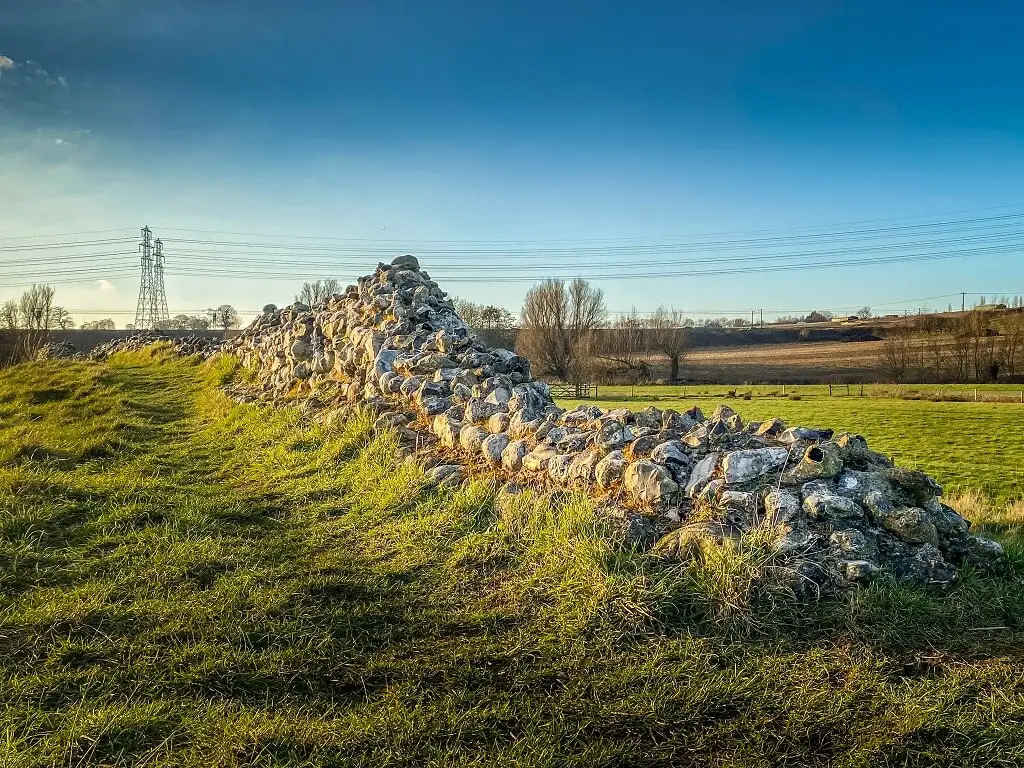Norwich has been the largest city in East Anglia for centuries, but this wasn’t always the case. During Roman times, Venta Icenorum (also referred to as Caistor Roman Town) just south of present-day Norwich was the centre of activity.
While the Roman town was abandoned in the 8th century, it was never built over. You can still visit the site and see the remains. Let me share more about the history of the Roman town and what you can expect when you visit.
Note: This post contains affiliate links. As an Amazon Associate, we earn from qualifying purchases. Please see disclosure for more information.
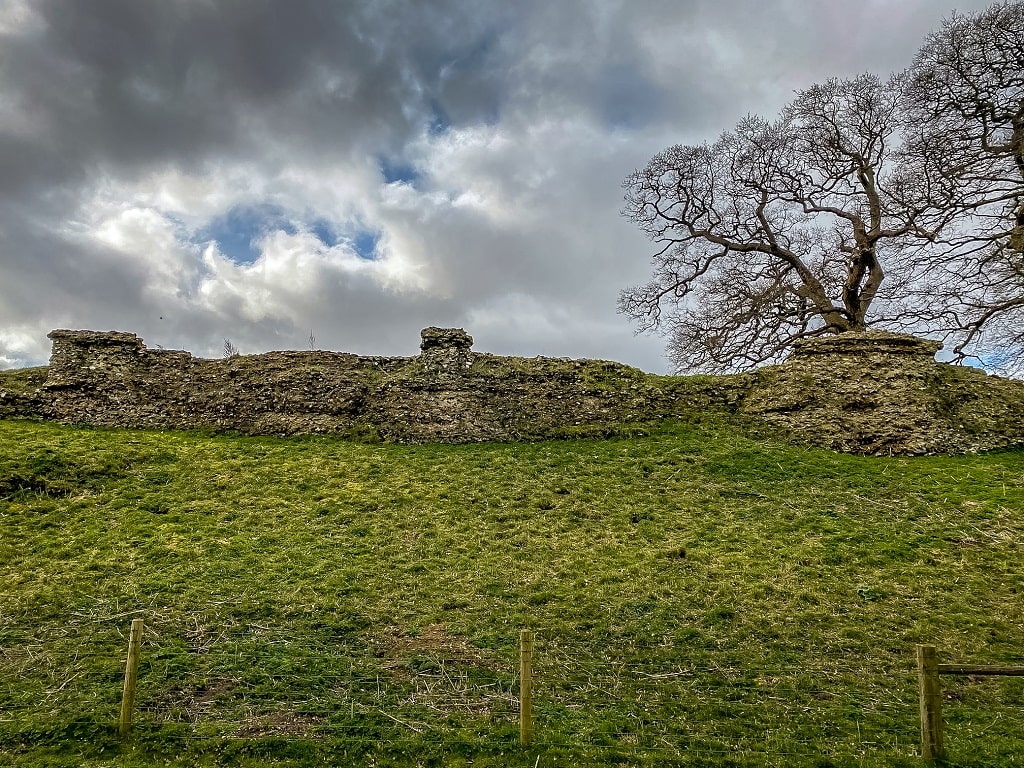
History of Venta Icenorum
While Venta Icenorum was first established around AD 70, there is evidence of human settlement in the area going back to the Mesolithic period (10,000 – 4,000BC).
The town’s name literally means “marketplace of the Iceni”. The Iceni were an ancient Briton tribe that lived in East Anglia and Venta Icenorum was their capital. Warham Camp in North Norfolk is a hill fort that they built. During the winter of AD 61, their queen Boudica unsuccessfully led them in a revolt against Roman rule.
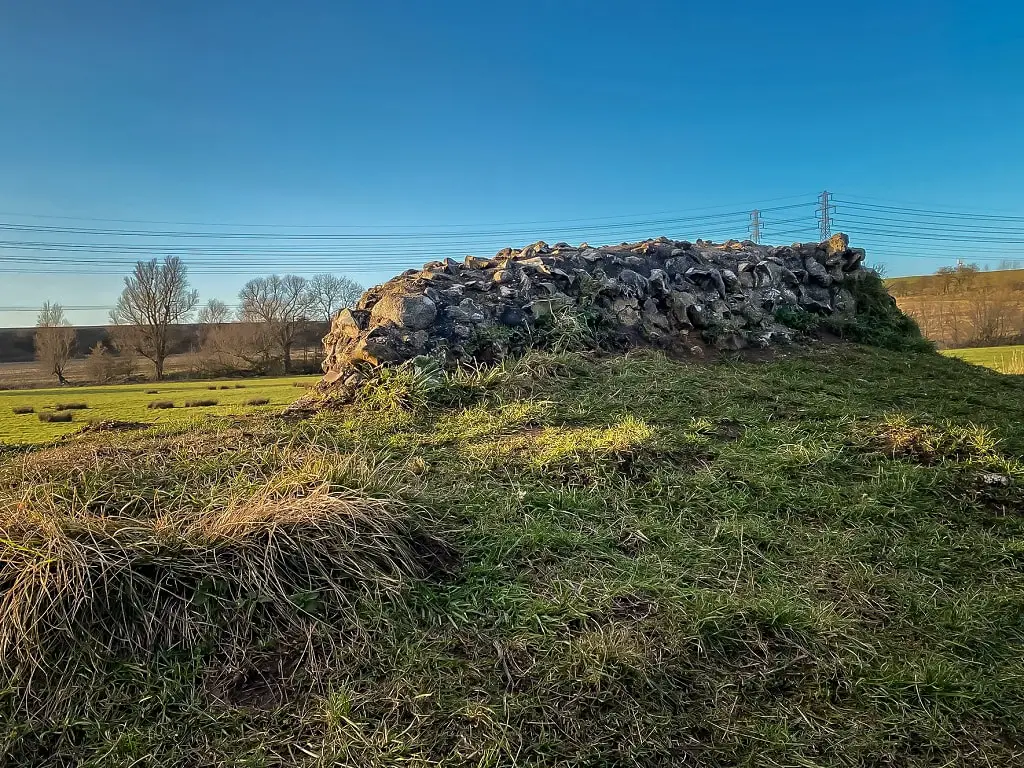
Venta Icenorum was mentioned in both the Ravenna Cosmography and the Antonine Itinerary. It is one of only three Roman regional capitals in Britain that were built over by medieval and modern towns (the others are Wroxeter and Silchester).
There were also two other important fortified Roman sites in Norfolk – Burgh Castle and Caister-on-Sea Roman Fort.
The Development of Venta Icenorum
The early Roman settlement was small, it did not have paved streets or the banks and walls visible today. Around 120 AD, the first gravel roads were laid out in a typical Roman grid and some timber and clay buildings were constructed soon after.
At this stage, the town was bounded by ditches that covered a much larger area than the walled enclosure. These ditches were backfilled by 200 AD and many of the buildings seem to have been destroyed by fire around 150 AD.
From 150 AD to 200 AD, many masonry buildings were erected and in the 3rd or 4th century the walls were built. While most of the stone has been lost over time, we do know that the walls were topped by a parapet and had a walkway. The walls were important for the town’s defences and status.
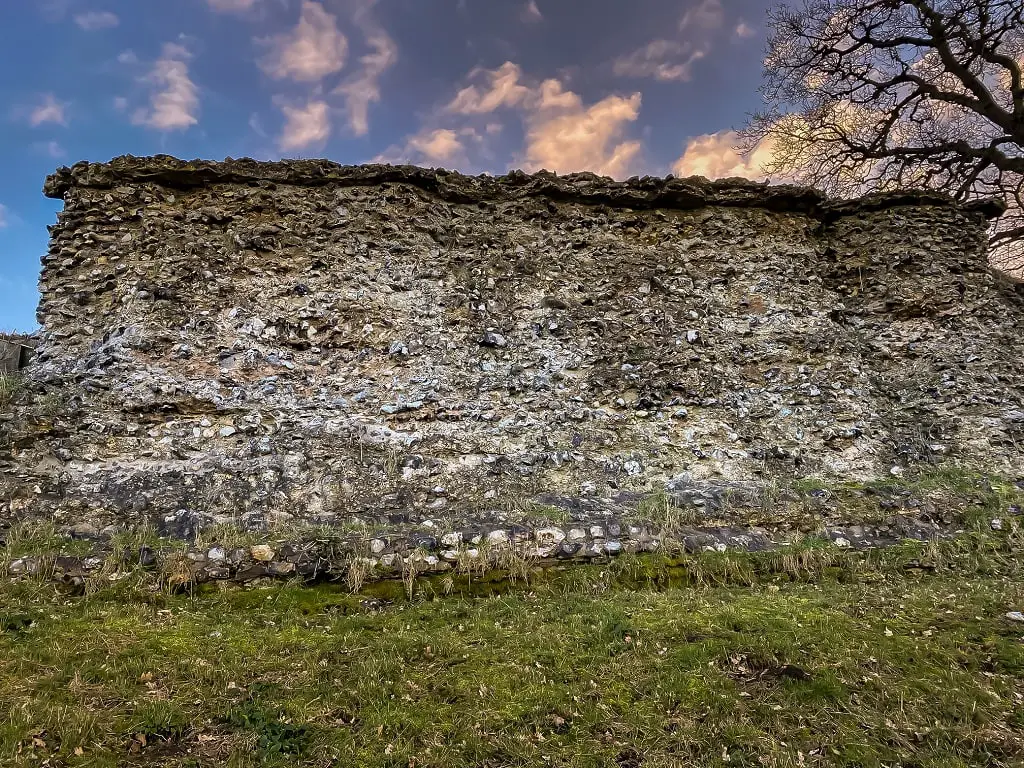
At that time, 2,000 people may have lived here. While most of the inhabitants were locals, some came from other part of the Roman Empire. We also know that many of the people here were literate as Samian inkwells, numerous styli, and pottery with graffiti on it have been found. Outside the walls, just on the other side of the River Tas, there was a busy suburb.
The town had running water, baths, a town hall (also referred to as the basilica), theatre, two temples, and a forum. It had round houses along with the traditional Roman-style buildings. There is evidence that there was an amphitheatre to the south of the walled area. It was made from earth and wood, not stone like many other Roman amphitheatres.
In addition to the temples in the centre of town, there was also one outside the walls to the northeast. The River Tas also seems to have been a focus for worship.
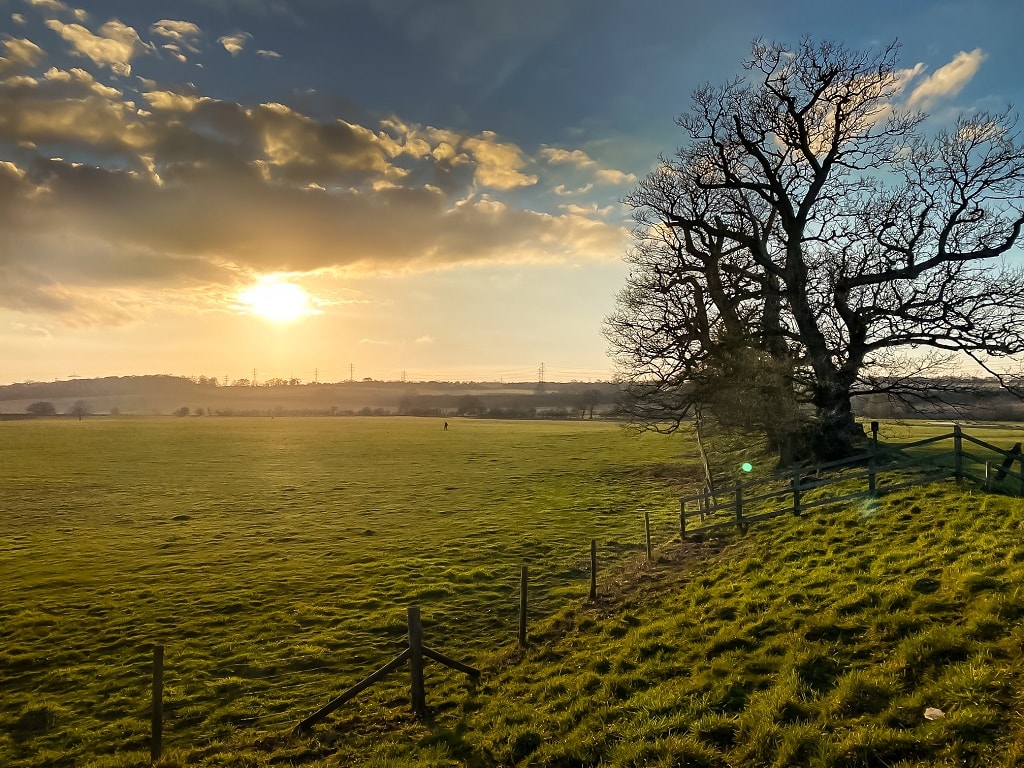
The Decline of Venta Icenorum
While the site was still occupied during the early part of the Anglo-Saxon period (early 6th century), the Roman buildings and infrastructure began to deteriorate. In the 8th century, when Norwich became the civic centre for the area, Venta Icenorum became deserted.
Experts believe there was still a Saxon settlement adjacent to the Roman town, so Caistor still remained a place of political importance long after the end of Roman Britain and possibly until the rise of medieval Norwich.
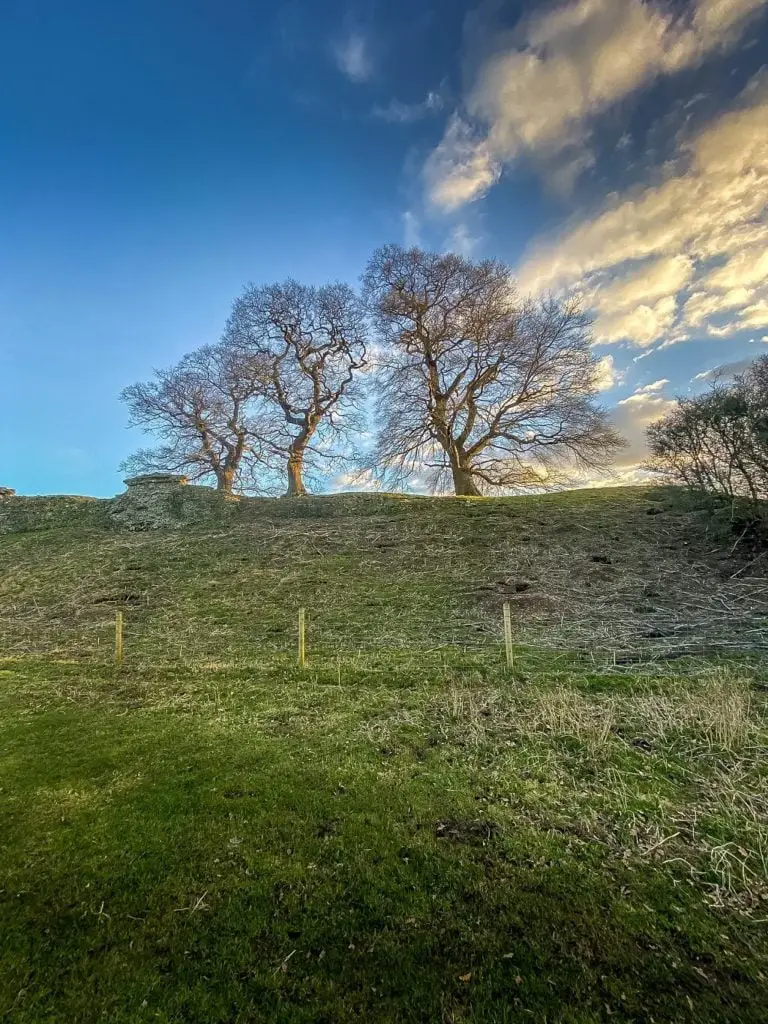
Archaeological Work at Venta Icenorum
Thanks to multiple archeological projects at Venta Icenorum, we have been able to learn about this Roman town. It was first rediscovered in 1928 during a aerial reconnaissance flight of a nearby farm. The streets and buildings of the Roman town could be seen as parch marks in the crop of barley. Donald Atkinson then led a five-year long archaeological dig.
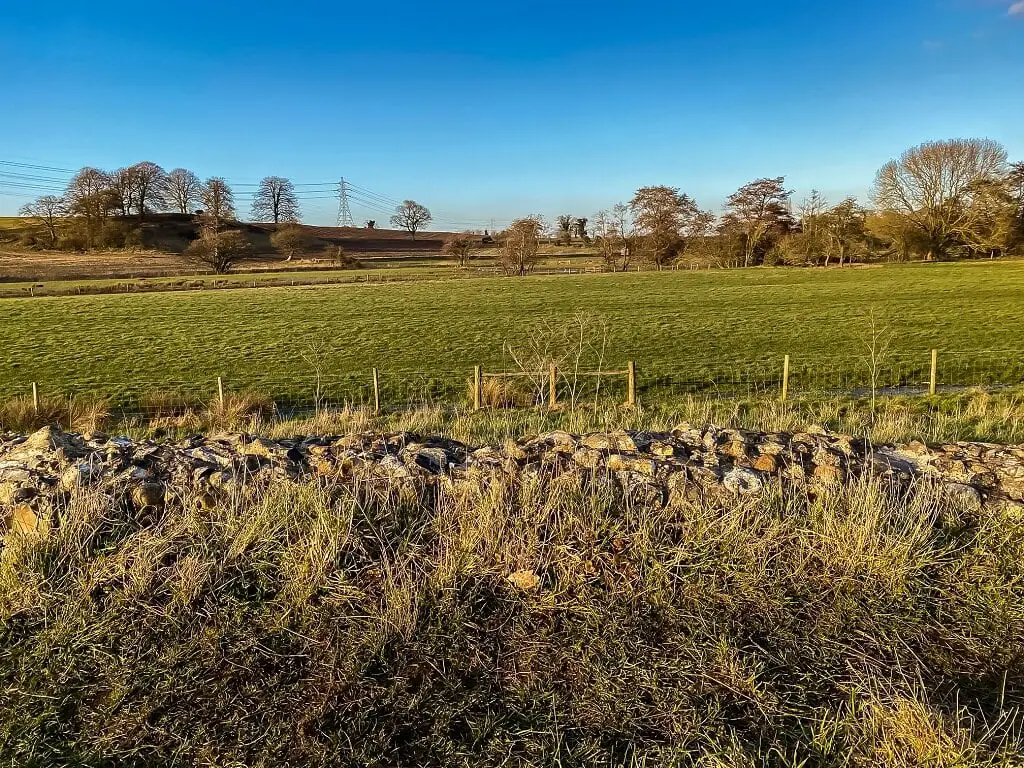
Then beginning in 2009, the University of Nottingham, did further excavations to see if there were any older Iceni structures beneath the town. While they discovered more about the history of the site, no Iceni structures were found within the area of the walled town.
Visiting Venta Icenorum Today
To learn more about this Roman Town, you will need to visit for yourself. There is a route around the site with signs along the way to explain more about the history.
Most of the town has long since disappeared, but there are some parts of the wall still standing. Download the Caistor AR app to give you more insight into what the town would have looked like with augmented reality.
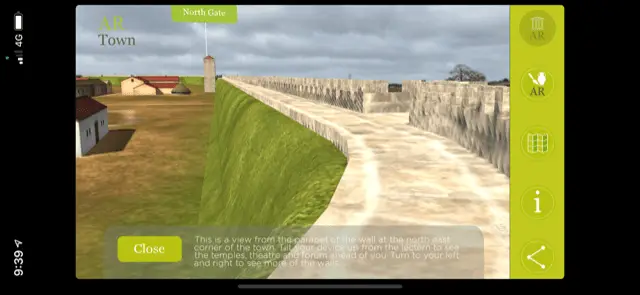
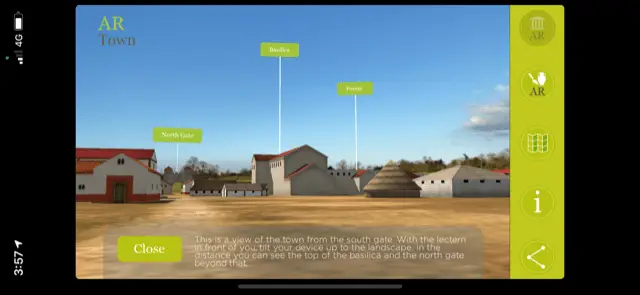
If you prefer there are free guided tours run by the Caistor Roman Project every Sunday from June until the end of September and on Wednesdays in August. They start at the Roman Town car park at 14:30 and last about an hour. Find more details here.
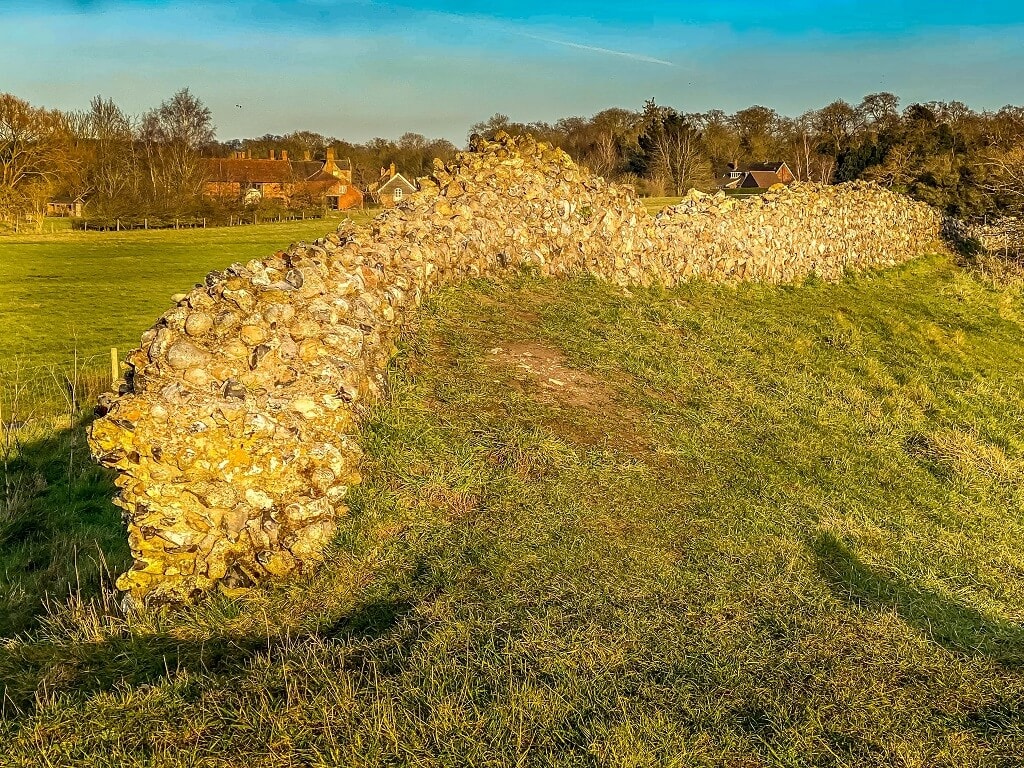
More Things to See in Caistor St. Edmund
Venta Icenorum is not the only attraction by the village of Caistor St. Edmund. There are a few other things to check out while you are in the area. Also, don’t forget you are only a few miles away from Norwich.
St. Edmund’s Church
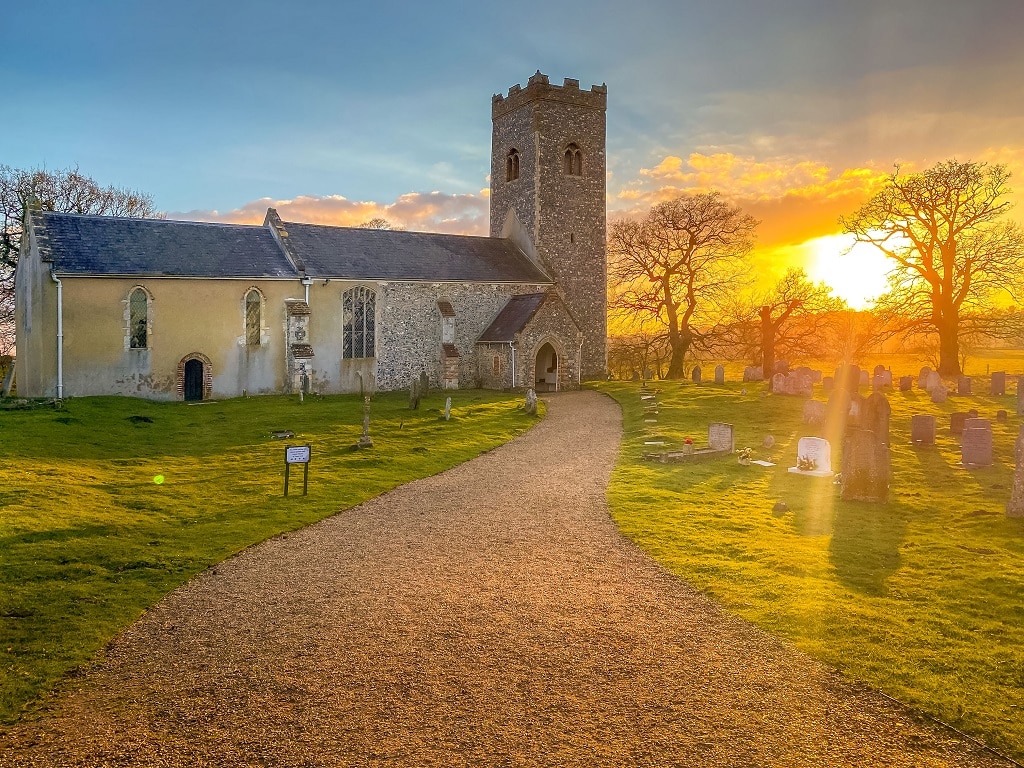
While evidence shows that there has been a church on the edge of Venta Icenorum since at least the 10th century, building of the existing church began in the 11th or 12th century. What you see today is mainly from 13th to 15th centuries. Some of the material from the Roman town was reused in building the church.
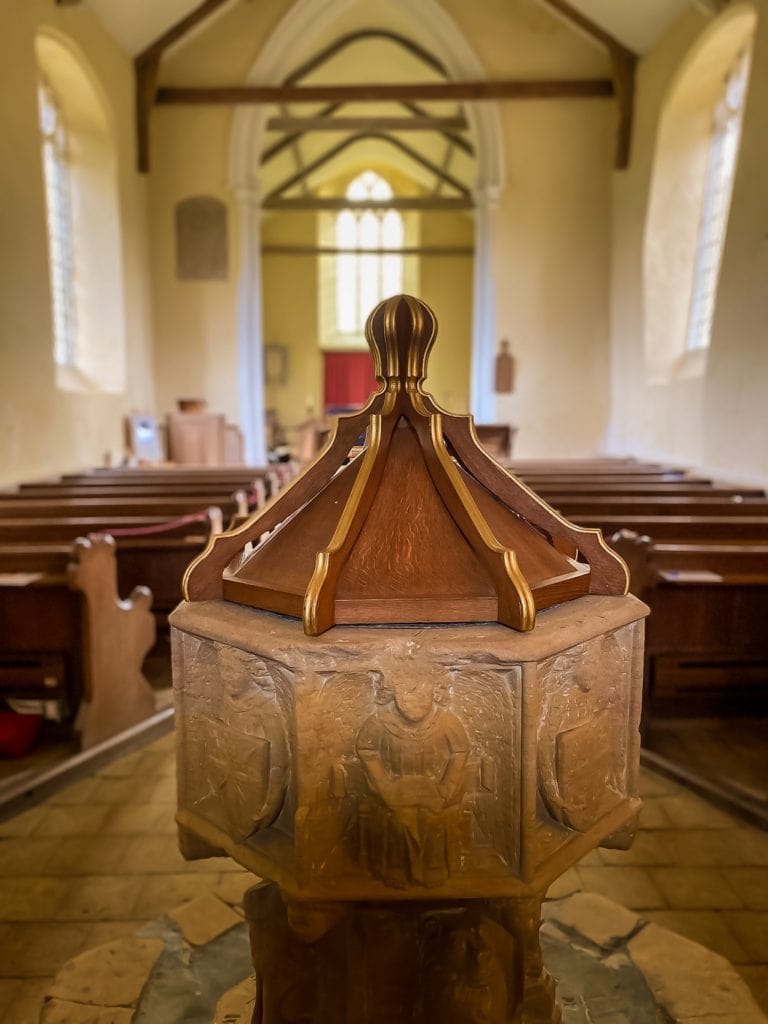
Step inside to see a traditional and charming village church. It doesn’t have any stained glass, but the font has character and the organ is the smallest I’ve seen. I also caught a glimpse of the ladder going up the tower – I wouldn’t want to have to climb it.
Caistor St. Edmund War Memorial
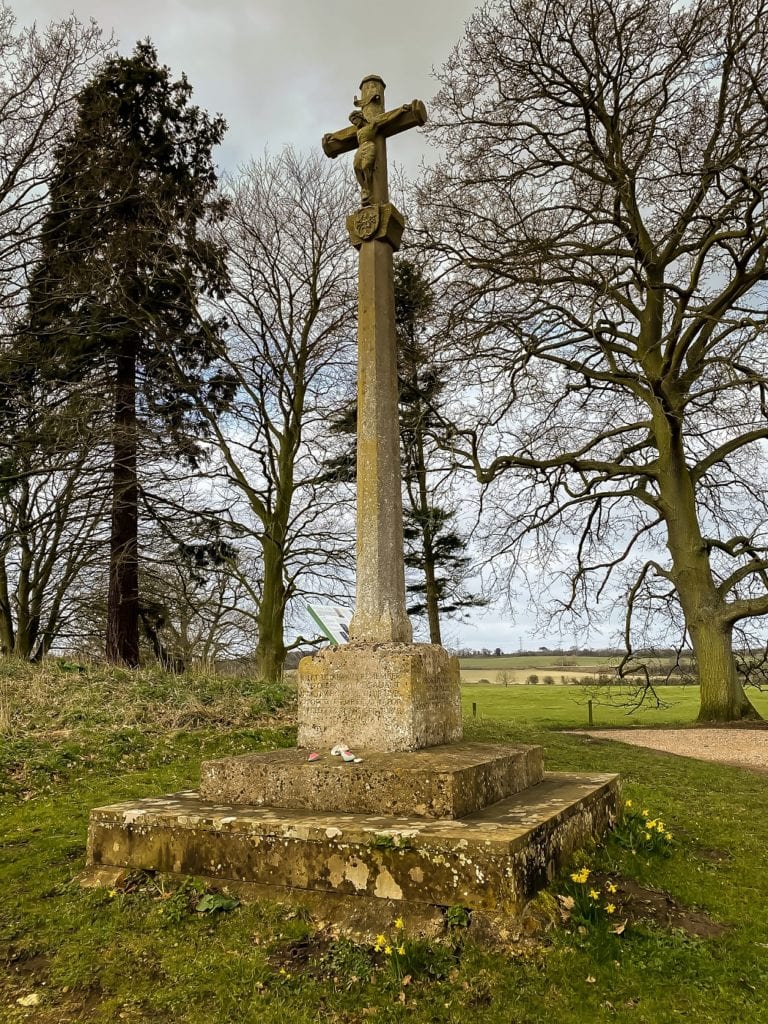
A war memorial was built in the St. Edmund’s churchyard in 1922 to honour the eight local men who died in World War I. At the time, there were only 32 households in the village. One additional name was added for a local pilot who died during World War II. You will pass the war memorial on your walk around Venta Icenorum.
High Ash Farm
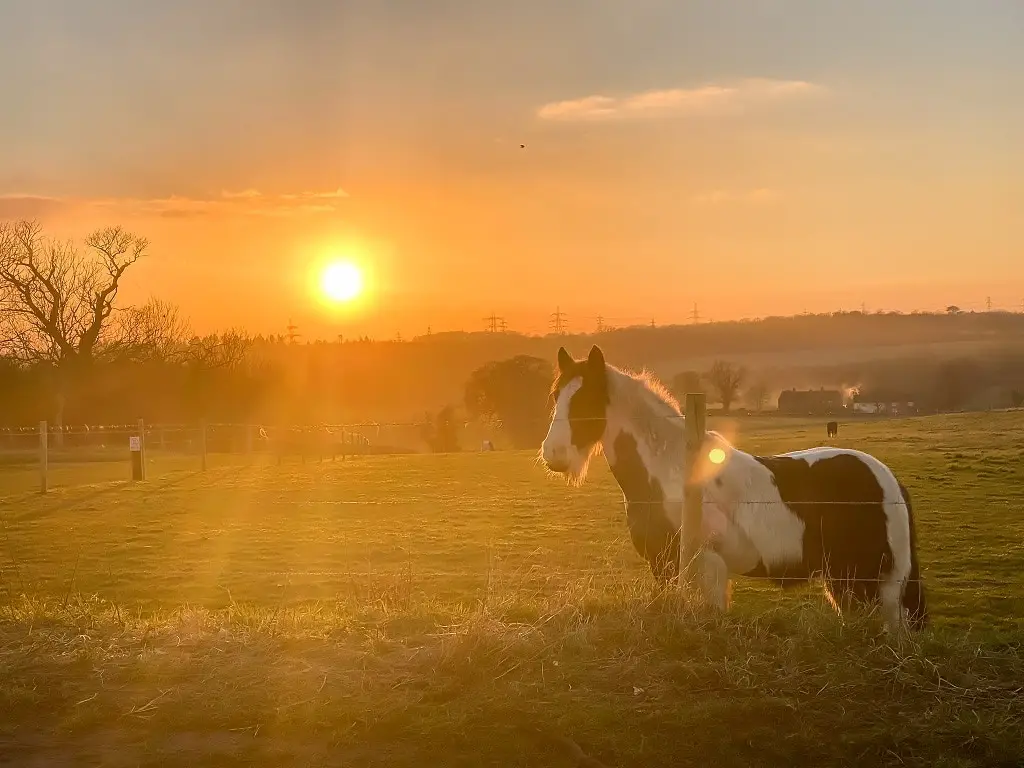
Across the road from the Roman Town, you can visit High Ash Farm. It’s beautiful countryside perfect for a walk. There are signs marking the paths for pedestrians. Other paths and areas are kept for the horses. You can easy spend a few hours exploring this area or just take a short stroll if you are tight on time.
If you like bluebells, keep an eye on their Facebook page to learn about the special day(s) that they open their private woodland up to the public. It’s one of the best bluebell woods in Norfolk.
Anglo Saxon Burial Ground
A part of High Ash Farm was once and Anglo Saxon Burial Ground. Nothing is visible above ground but there are signs marking this sacred spot.
How to Get to Venta Icenorum
Venta Icenorum is located on the southern edge of Caistor St Edmund, a village about 3.5 miles to the south of the Norwich city centre in Norfolk. You can either drive or take a bus to visit the Roman site. Alternatively, since it’s not that far, you could also cycle.
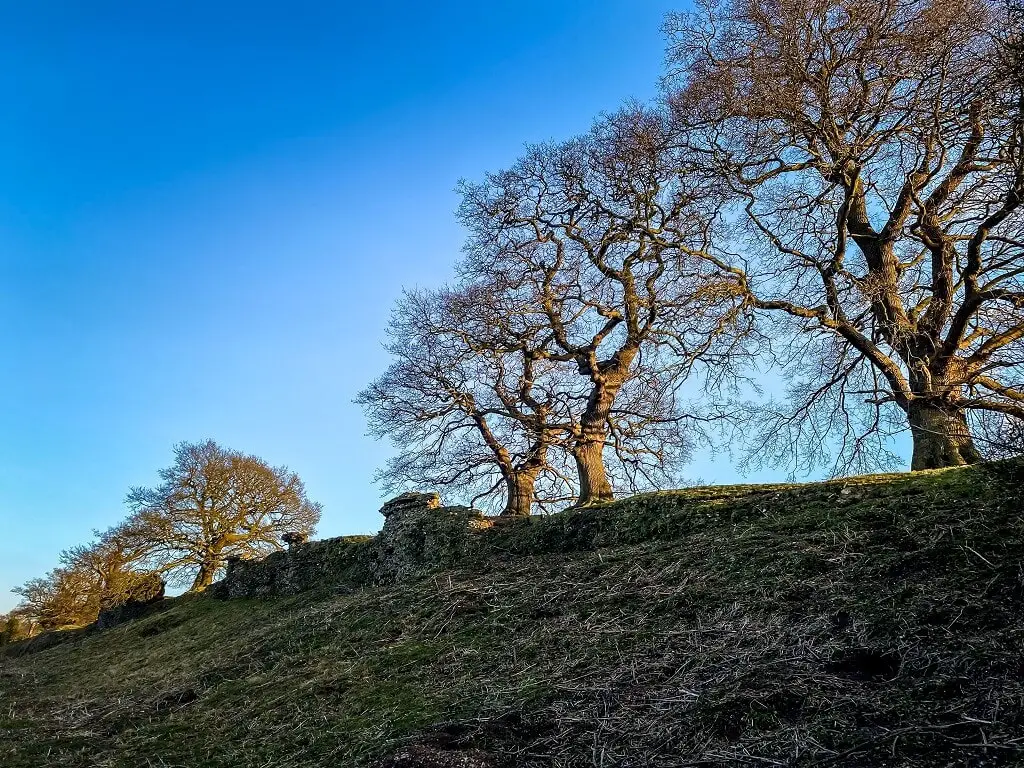
If you are driving, the postcode for the car park is NR14 8QL. It’s a bit hidden so look out for the brown sign. There have been times when the car park was full, so we have parked at the small lot on Boudicca Way and then walked through High Ash Farm.
While there is no train service to Caistor St Edmund, you can take the bus. Anglian Bus and Coach #587 will take you from St. Stephens Street in Norwich to the Caistor Hall Hotel which is about .8 km from the Roman Town. While it’s a short walk, you will need to be careful as there is no continuous pavement along the busy road. Check the bus timetable here.
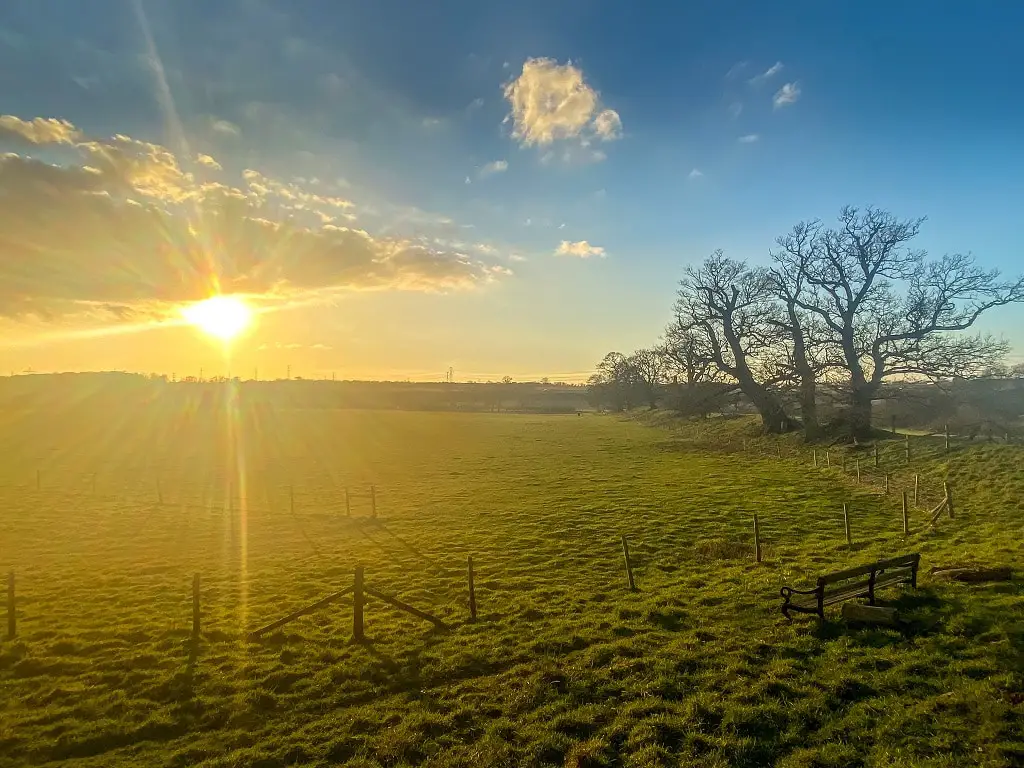
Where to Stay Near Venta Icenorum
Of course, since Venta Icenorum is close to Norwich, you could also stay there, but if you want to be right by the Roman town, there is the historic Caistor Hall Hotel.
The house was built in the late 18th century during the reign of King George III by the Dashwood family. The site can be traced back to before the Norman Conquest and originally belonged to the Abbey in Bury St Edmunds until it was confiscated during the dissolution of the monasteries.
Read more about the Caistor Hall Hotel, and check the reviews, price, and availability here.
Venta Icenorum FAQs
You can do the walk around the Roman town in 1-2 hours depending on how long you spend at each stop.
Yes. Kids will love the augmented reality and the information boards are written so kids can learn about the Roman Town. It’s outside so they can be loud and run around as much as they like.
Check out our post about things to do in Norwich with kids for more ideas.
There is no charge to visit Venta Icenorum. The augmented reality app can be downloaded for free and it is also free to park.
If you are on a budget be sure to check out our lists of the best free things to do in Norwich and the best free things to do in Norfolk.
You can visit Venta Icenorum anytime during daylight hours.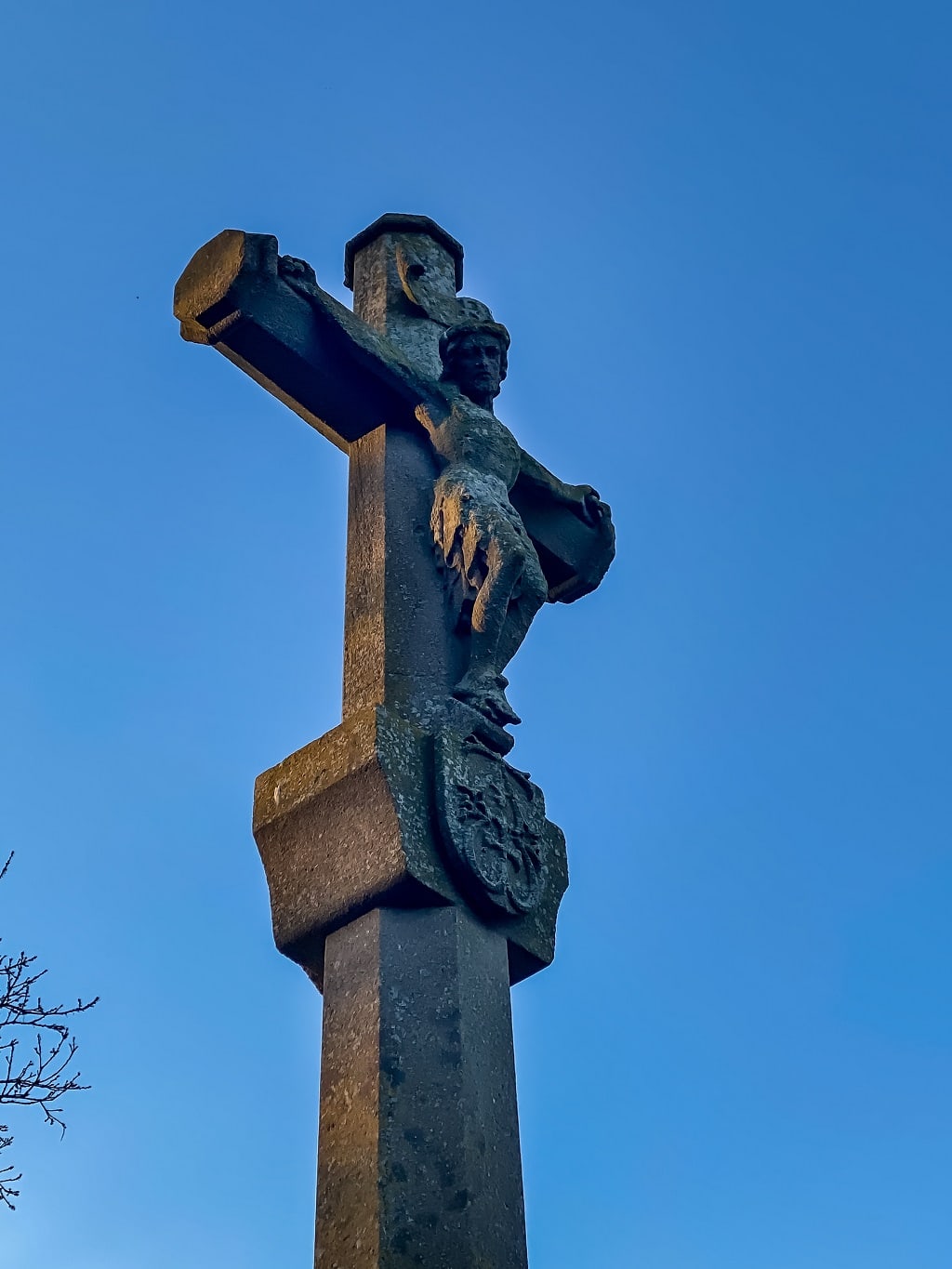
You can visit Venta Icenorum all year round. Keep in mind the site is all outdoors, so it will be most enjoyable when the weather is nice.
The pathway around the Roman town has stairs and is not suitable for those with limited mobility. You can get a view of Venta Icenorum from the church car park.
Yes. Dogs are allowed but need to be kept on a lead as there may be sheep grazing in the area. From March 1 – July 31, dogs need to stay on the paths to protect the ground-nesting birds. Make sure to clean up after your dog, there are waste bins provided.
Disclosure: This post contains affiliate links. This means we will receive a small commission for some purchases made using links in our blog with no additional cost to you. Please be assured we would not promote any product unless we believe that our readers will also benefit. The commission does not influence the editorial content of this site.

